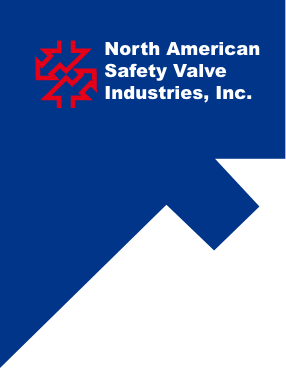A lawyer called me to discuss relief valves. He wanted a better understanding of them, to come out and to see how they work. I had never heard of the manufacturer he mentioned, so I was pretty sure he meant a backpressure/bypass relief valve, not the angled relief valves we handle.
I was explaining the difference between the valve types. I told him, “Safety valves are dumb. They just sit there doing nothing. Backpressure relief valves keep line pressure constant. They are usually always in operation.”
He wouldn’t stop laughing. But it’s true, safety relief valves are nothing like the sophisticated, actuated control valves that are connected to a control room where they can be manipulated with a touch of a button.
Relief valves have not changed in over 100 years. They can’t. They are dumb and have one function only. They open when pressure under the seat is more than the pressure pushing down on the seat from the spring above it. That is all they do.
Yet, they are the most important part of the system. They go into action when other things fail, like a pump goes out of control, an air compressor runs too high, a reducing valve fails, and such. Even though relief valves are dumb and seem to be an afterthought on many projects, they must be sized correctly and maintained so they can fully
relieve the pressure when needed.
Don’t assume relief valves are fine because they just sit there and do nothing. A NASVI customer sent in a valve for evaluation because it appeared to not go off when there was an overpressure event, which damaged a lot of equipment.
The valve’s original tag indicated it was over 25 years old (which is not that old, considering we had one in from the 1920s for repair that was still in good shape and worked great). There was no other tag on it. No test-only tag, no VR repair tag, nothing. This valve was installed 25 years ago and forgotten.
When we put the valve on our steam test stand, it did not open or leak well above the set pressure. We took the valve to tear down. The seats were stuck. The disc and nozzle had corroded together, and we could not separate them. In the end, that is what happens when you do not regularly test valves. This was not a valve failure, but rather an equipment maintenance failure. It’s much cheaper in the long run to maintain relief valves than to have one fail and cause damage.
In the end, I was no help to the lawyer since our valves are different than the one in his lawsuit. At least I gave him a good laugh with my oh-so-eloquent explanation of how safety relief/relief valves work. If you ever need help explaining to a customer how or why something is going on with their relief valves or just want a good laugh, we are just a phone call away.

